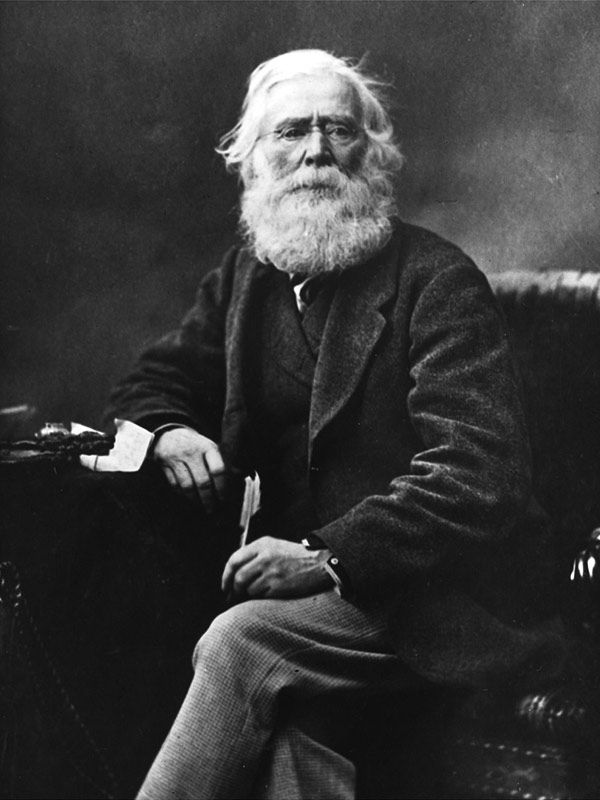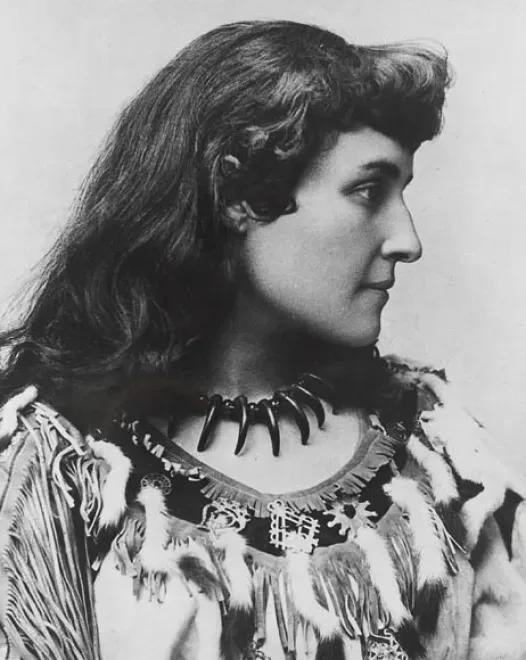A Famous Canadian Citizen: Sir Frederick Banting (1891 - 1941)
Medical scientist, Sir Frederick Banting, is famous for the discovery of insulin in 1922 which is a powerful, life-saving treatment for diabetes. After this breakthrough, he became Canada’s first professor of medical research at the University of Toronto. In 1923, he became the first Canadian citizen to be awarded the Nobel Prize in Medicine. You will need to know about his life to pass the Canadian citizenship test.

All blog articles reference persons and/or historic sites and events that are cited in the Discover Canada Study Guide and include relevant information necessary for Canadian Citizenship test preparation.
Early Years:
Frederick Banting grew up on a farm outside of Toronto, ON. His father, William Thompson Banting, and mother, Margaret (Grant), were hard-working successful pioneer farmers who were of British descent. The family had six children, with Frederick being the youngest.
The Banting family were of Methodist faith and young Frederick thought that he might become a Methodist minister. He decided, however, in the first year into his studies that he would rather become a medical doctor and entered the University of Toronto, enrolling in the Faculty of Medicine with a specialty in surgery.
Frederick attempted to join the Canadian army when war was declared on August 4, 1914, but the Army rejected him citing his poor eyesight. He then joined the Canadian Army Medical Service after completing most of his medical training. The University of Toronto Faculty of Medicine was eager to assist in the war effort, and condensed the medical course to enable the students to enroll in the war. Frederick graduated with a degree in medicine December 9, 1916 and reported for active service the next morning.
He served on the front line as a battalion medical officer and was wounded at the battle of Chambrai, France, in 1918. His brave valour under fire earned him the Military Cross. He recovered in England and in 1919 returned to Canada where he again worked in the field of medicine.
Discovery of Insulin:
In 1920, Frederick came across an article in a medical journal while preparing a talk to medical students that caused him to think seriously about a procedure that would isolate an internal secretion of the pancreas that might prove to be a cure for diabetes. He discussed his idea with a professor and eventually began research at the University of Toronto, assisted by Charles Best.
Banting and Best did many arduous experiments, some successful and some not, but they persevered. Success would mean potentially saving millions of lives. The Toronto experiments culminated in the winter of 1921 with the discovery of insulin.
Insulin quickly became a highly effective treatment for diabetes. Dr. Banting opened his own diabetic clinic in Toronto. Insulin became more available when Eli Lilly & Company agreed to distribute it.
Letters began to arrive from the public requesting insulin treatment. Antoinette Hughes, the wife of the then United States Secretary of State, Charles Evans Hughes, sought treatment for her fourteen year old daughter Elizabeth, whom Banting agreed to treat.
Elizabeth arrived in Toronto with her nurse on August 16, 1922, weighing only 45 pounds. Three months after her arrival, she had doubled her weight and was able to return home to the United States. She was one of Banting’s greatest successes.
Word of the medical discovery of insulin continued to spread as its success changed millions of lives around the world. Dr. Banting was recognized in many ways as an outstanding Canadian citizen. He was knighted by King George V in 1934. He was also made a Fellow of both the Royal Society (London) and the Royal Society of Canada.
The Second World War broke out in 1939, and Banting, as he had done twenty-five years earlier, was among the first to enlist. He once again joined the Royal Canadian Army Medical Corps. He was enroute to England the night of February 20, 1941 when his plane, a Lockheed Hudson bomber, crashed on the east coast of Newfoundland. Banting was fatally injured and died the next day.
Conclusion:
Sir Frederick Banting, an outstanding Canadian citizen, with an intense sense of integrity and duty remains at the top of “most famous Canadian” polls. The Banting homestead in Alliston, Ontario, is a heritage site devoted to his work and life. Also, Banting House, in London, Ontario is a museum that preserves the home where he conceived his world-changing discovery of insulin.
Joy Dirks
October 2022



